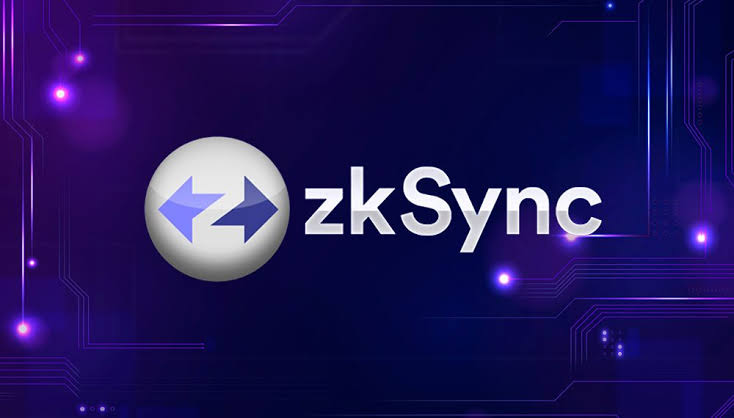Price swings are experienced by ZK’s token launch on several exchanges, while zkSync controls network congestion and fraudulent threats.
On June 17, exchanges officially offered the eagerly awaited zkSync token (ZK). CoinMarketCap estimates that its market capitalization is approximately $971 million, with a total supply of 21 billion ZK. The coin was first listed on exchanges such as Binance, Bybit, Gate.io, and KuCoin. It peaked at $0.30, but it is currently only worth roughly $0.25.
Prior to the token launch, zkSync made an announcement on X stating that there was an excessive amount of traffic on their network and that certain remote procedure call (RPC) services were performing poorly. RPCs provide node-to-node communication and carry out network functions including data queries and transaction sending.
The team stated that they were working on boosting RPC capacity at the time of the X post and advised readers to “stay tuned for updates.” Subsequent to the declaration that more than 695,000 wallets qualified for the latest ZK token airdrop, there was a noteworthy “increase in malicious DApps” that mimicked zkSync.
The CEO of Web3 security provider Blockaid, Ido Ben-Natan, disclosed in a conversation that the malicious decentralised apps (DApps) were “using drainer SDKs to mitigate detection and reach users.”
“The con artists are utilising the Twitter (X) comment areas to connect with their intended audience. You can find numerous accounts that are misusing Twitter’s verified accounts to spread links to malicious DApps if you look in the comment section of practically all of ZK’s most recent tweets.
The goal of ZkSync’s token distribution programme is to give eligible users access to 10.5 million ZK tokens. It is scheduled to run from June 17 to July 16. Concerns were expressed by the community, nevertheless, over the Sybil farm filtering process. In order to guarantee a just and open distribution procedure for the community, the zkSync team promised to fix these issues.


